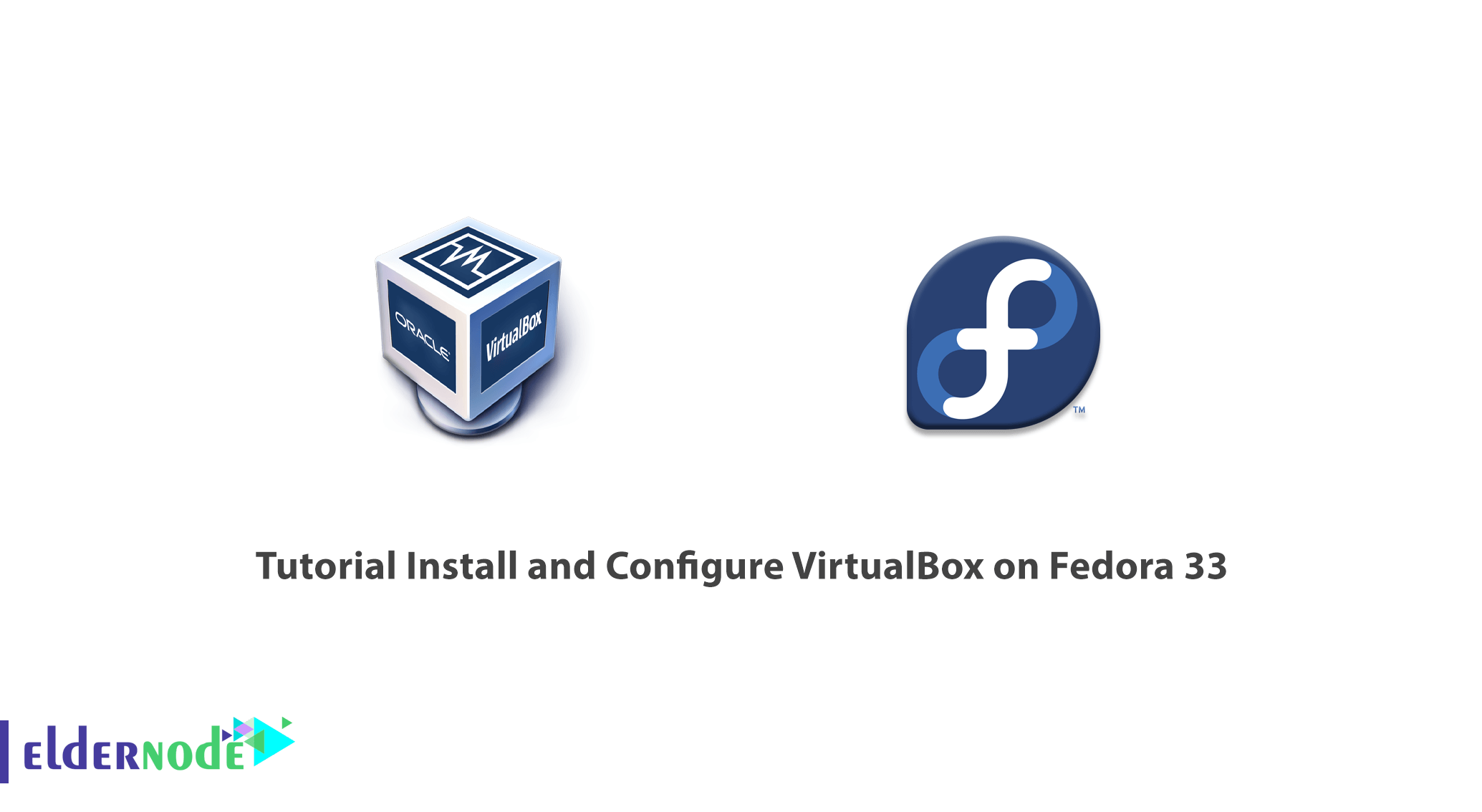
VirtualBox is a powerful general-purpose full virtualizer for x86 hardware, targeted at server, desktop, and embedded use. Depending on your hardware configuration, VirtualBox will run a number of guest operating systems. Instead of installing individual, it saves the system’s memory by configuring a number of OS on. So, you can install a number of setups and services on it. It is designed to be used for both enterprises as well as home use. VirtualBox is the only professional free solution that is available as Open Source Software under the terms of the GNU General Public License (GPL) version 2. Enterprise customers find it as an extremely feature-rich, high-performance product. Join us with Tutorial Install And Configure VirtualBox On Fedora 33. Also, if you are going to purchase your own Linux VPS, available packages of Eldernode would be what you need.
Table of Contents
Install And Configure VirtualBox On Fedora 33
VirtualBox runs on Windows, Linux, Macintosh, and Solaris hosts and supports a large number of guest operating systems. Let’s go through the steps of this guide and learn How to install and configure VirtualBox on Fedora 33.
Prerequisites Note: If you are using the system as a normal or administrative user, employ the Sudo command to gain root privileges to run most if not all the commands of this guide.
Features of VirtualBox
The techniques and features that Oracle VM VirtualBox provides are useful in the following scenarios:
– Running multiple operating systems simultaneously
– Easier software installations
– Testing and disaster recovery
– Infrastructure consolidation
VirtualBox Installation on Fedora 33 | Fedora 32
Most Linux platform packages repositories support VirtualBox 6.1. Since VirtualBox is not available on the default Fedora 33 repository, rebuild the available Fedora 32 rpm.
First of all, download VirtualBox 6.1 for Fedora 32 from their Official Website.
wget https://download.virtualbox.org/virtualbox/6.1.16/VirtualBox-6.1-6.1.16_140961_fedora32-1.x86_64.rpmThen, you may face an error that means Python 3.8 is tied to this rpm package (=3.8) and it can’t be found on the system. so, use the command below to check the available Python version:
ls /usr/bin/python*Since the latest version is Python 3.9, you need to avoid downgrading to Python 3.8 because it would affect other packages relying on version 3.9. Therefore, you need to rebuild the package to use Python 3.9 and above.
To install the required packages, run the following command:
sudo dnf -y install rpmrebuild binutils gcc make patch libgomp glibc-headers glibc-devel kernel-headers kernel-devel dkms qt5-qtx11extras libxkbcommonHow to Rebuild VirtualBox
To use rpm rebuild edit Python 3.8 requirement, navigate to where you downloaded the rpm file, in my case is the current working directory:
lsVirtualBox-6.1-6.1.16_140961_fedora32-1.x86_64.rpmThen, type:
sudo rpmrebuild --change-spec-preamble='sed -e "s/32/33/"' --change-spec-requires='sed -e "s/python(abi) = 3.8/python(abi) >= 3.8/"' --package VirtualBox-6.1-6.1.16_140961_fedora32-1.x86_64.rpmThe command will run for a few minutes. When it completes, you will see the last line similar to the following:
result: /root/rpmbuild/RPMS/x86_64/VirtualBox-6.1-6.1.16_140961_fedora33-1.x86_64.rpmHow to Install VirtualBox 6.1 on Fedora 33
The new rpm is found in the directory shown by the above line:
cd ~/rpmbuild/RPMS/x86_64/sudo dnf -y install ./VirtualBox-6.1-6.1.16_140961_fedora33-1.x86_64.rpmNow, you see the process of the installation. Then, rebuild kernel modules for this new package:
sudo /usr/lib/virtualbox/vboxdrv.sh setupAdd User to vboxusers Group
Use the following command to add the current user to the vboxusers group:
sudo usermod -aG vboxusers $USERHow to Configure VirtualBox Environment on Linux
VirtualBox installation required kernel source code to install required modules. Let’s configure the environment variable KERN_DIR to which VirtualBox gets kernel source code. Make sure you are using the correct source path:
export KERN_DIR=/usr/src/kernels/`uname -r`echo $KERN_DIR/usr/src/kernels/4.16.5-300.fc28.x86_64How to Install Development Tools on Fedora 33
To run the Oracle VM VirtualBox graphical user interfaces, first, you should install Qt and SDL packages. The installer creates kernel modules on the system. So, you need to install development tools (GNU compiler (GCC), GNU Make (make)) and packages containing header files for your kernel for the build process as well:
dnf install @development-toolsdnf install kernel-devel kernel-headers dkms qt5-qtx11extras elfutils-libelf-devel zlib-develHow to run VirtualBox on Fedora 33
In case of passing the above steps, VirtualBox 6.1 should have been installed on Fedora 33 successfully now. So, launch from the desktop application or run the following command in the terminal:
VirtualBoxIn this way, you can view the VirtualBox Manager Window, After Initial Startup as shown below:
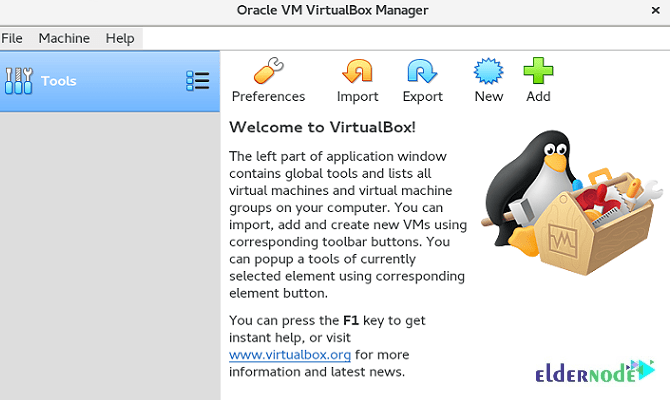
The left pane will later list all your virtual machines. Since you have not yet created any virtual machines, this list is empty. The Tools button provides access to user tools, such as the Virtual Media Manager.
How to use VirtualBox on Fedora 33
When the installation is finished, you can deploy a new VM. Open the application and see the graphical user interface of VirtualBox which is unified for all supported host operating systems. Also, you can also use the command-line interface and VBoxManage if needed.
Click New in the VirtualBox Manager window. A wizard is shown, to guide you through setting up a new virtual machine (VM).
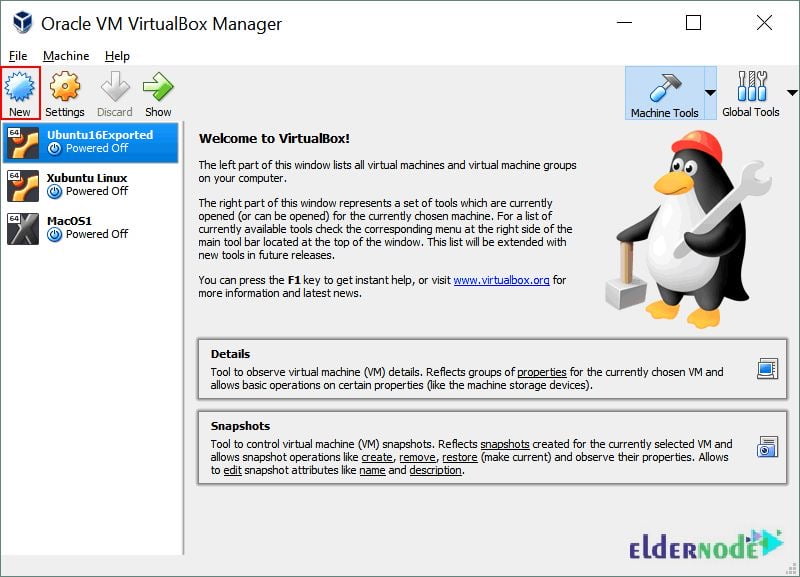
Conclusion
In this article, Install And Configure VirtualBox On Fedora 33. From now on, you are ready to create VMs for operating systems of your choice and work on them.
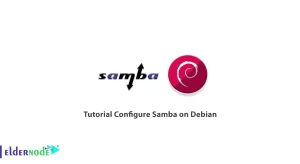
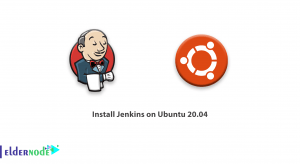
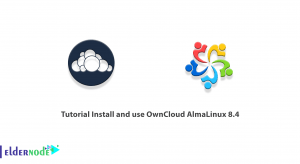
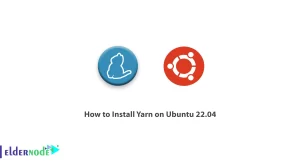

Thank You!
Glad to help.